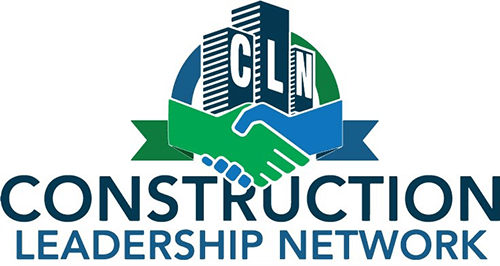
Contracting is a risky business that works because contractors are risk takers. Every time we acquire a new project we are leaping into the unknown. No one has ever built this next project, and no one can predict its uncertain outcome.
Is there uncertainty that the project will never get completed? Not really. Projects usually get built, sooner or later, one way or another.
Is there risk that the contractor might not make any money completing the project?
YES. A contractor’s profit is always at risk, which is what it means when we call contracting “a risky business.”
Recognizing Risk
Recognizing that profit is always at risk is the first step toward mitigating profit risk. Recognizing risk involves identifying potential profit hazards on a project and assessing the likelihood and impact of those hazards occurring. And then taking steps to manage or mitigate those risks. Recognizing profit risk begins with asking what causes it?
The fact that I would start with this question may seem absurd to some contractors. But construction projects are costly, take a long time to complete, and anything can happen in such a complex, long term business transaction.
I have been asked: Isn’t the construction contractor selling a service similar to management consulting firms like McKenzie or the Boston Consulting Group? Where is the financial risk in the service contracts they enter into? They don’t accept any financial risk at all. Why do construction contractors incur substantial financial risk when they sign a contract?
Over the course of the 20th century lawyers for project owners have negotiated almost all the financial risk involved in construction contracts onto the contractor’s side of the ledger. Owners retain very little of the financial risk concerning the cost of the construction of their project. Contractors have gradually accepted this risk assignment and willingly sign financially risky agreements as the normal course of business.
Identifying Financial Risk in Construction
Financial risk in construction contracting falls into 4 categories:
- Strained capital capacity
- Aggressive cost estimation
- Cost overruns
- Payment delays
Capital Capacity: Contractors are required to finance the working capital required to keep projects going from invoice to invoice. Before any contract is signed, the CFO should (must) estimate the amount of working capital it will take to make payroll, subcontractor payments, material supplies, and multiple incidental costs. This is a critical calculation that must consider payment variables such as: fluctuating material costs, emergency expenditures, and schedule delays. This single calculation is perhaps the most important data point to be considered before signing any construction contract. Does the company have enough access to working capital to safely complete a project of this size?
Cost Estimation: The estimating department should be staffed by experienced professionals utilizing the most up-to-date estimating software. The entire estimate should be sent to the project manager and the marketing department for their review and input before being finalized and sent to the CEO or executive committee for final approval. For bids to be competitive, profit margins have been dramatically reduced over the years and any margin for error almost eradicated. Both the input and responsibility for all final bid submissions should (must) be shared equally by all company departments. You can’t leave it to one person!
Cost Overruns: We are dealing this week with profit enhancement during project selection, but even though cost overruns occur after a project is underway, the operations department should (must) recognize the probability of cost overruns and assign a probability factor to each incident they predict. This is a new and important step in finalizing a successful bid. We will go into the details of building a risk matrix next week.
Payment Delays: The risk caused by owners delaying payment for any variety of reasons is costly to a contractor because they must finance the accumulating and increasing working capital amounts. This risk can be mitigated during project selection by having the CFO conduct a credit analysis on the owner before submitting a bid. Even after signing a contract with an owner who passed your credit screen, you might experience delayed payments. A prudent contractor does not permit this conduct under any circumstances. They insist that the owner pays each invoice from the first one exactly as called for in the contract. If they don’t, stop working until they do. (How to get paid on time; see Secrets to Construction Business Success: pages 128-136)
Next Week we will discuss how to recognize schedule, safety, legal, and environmental risk and introduce assessing risk and how to price it.
For more information on project selection read more at: RISK
For a broader view of contractor capacity, read more at: CAPACITY
To receive the free weekly Construction Messages, ask questions, or make comments contact me at research@simplarfoundation.org.
Please circulate this widely. It will benefit your constituents. This research is continuous and includes new information weekly as it becomes available. Thank you.


